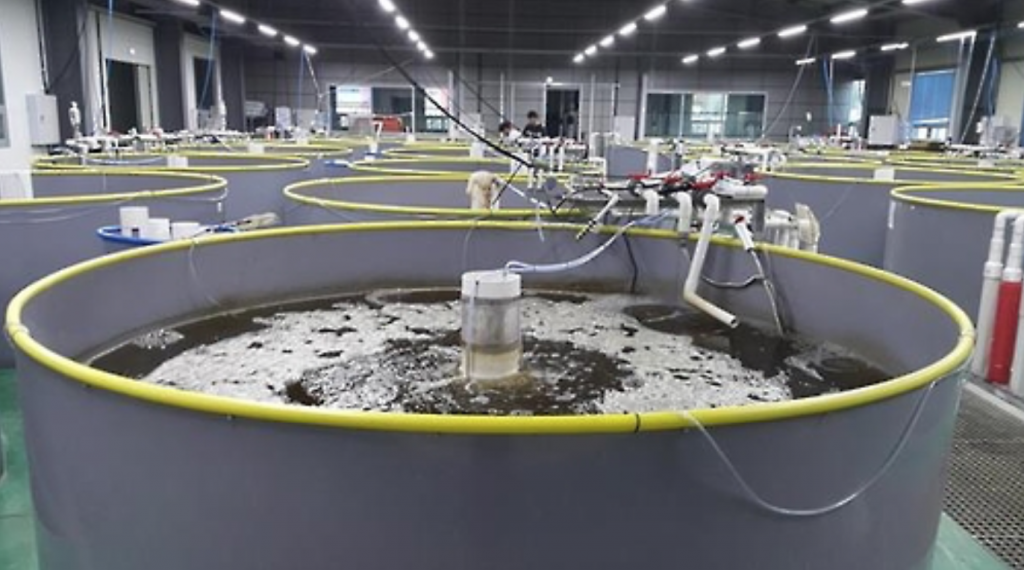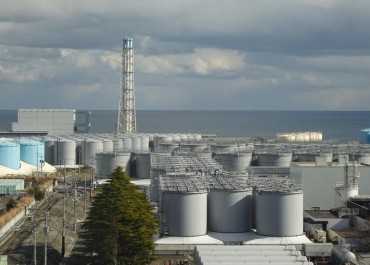
The institute’s water culture research center, in partnership with Gyeongsang National University, recently used the discharge water from biofloc fish tanks as fertilizer for vegetable farming (including carrots, eggplants, and lettuce), and discovered that the water helped boost plant growth and their functional elements. (image: Yonhap)
BUSAN, Dec. 28 (Korea Bizwire) – A biofloc developed by the National Fisheries Research & Development Institute has proven effective not only for aquafarming but also in the cultivation of vegetables.
Biofloc are particles including organisms like bacteria, fungi, algae, and zooplankton, which purify the waste products resulting from aquafarming and convert them into protein feed. It’s an eco-friendly farming method that economizes both energy use and feed, and can help boost the immunity of the fish consuming the particles.
The institute’s water culture research center, in partnership with Gyeongsang National University, recently used the discharge water from biofloc fish tanks as fertilizer for vegetable farming (including carrots, eggplants, and lettuce), and discovered that the water helped boost plant growth and their functional elements.
For example, in an experiment with lettuce, with one group grown using commercial fluid fertilizer and another with the biofloc discharge water, the latter group developed more leaves and rootlets, indicating healthier growth.
The rate of growth was also faster, even when the discharge water was mixed in equal parts with normal water, officials added.
In another experiment, tomatoes nourished with discharge water showed up to three times the average level of lycopene – a red color-inducing chemical – in addition to higher sugar content.
“Our research has suggested the possibility of using the discharge water to grow higher quality vegetables,” an official said.
The NFRDI first started its biofloc research in 2003 using shrimp to help boost the competitiveness of the local fisheries industry in preparation for free trade deals, while developing environmentally friendly aquafarming technologies in the face of concerns over pollution and climate change.
By Lina Jang (linajang@koreabizwire.com)







well i am very happy to join your coparation.
about me I worked with researchers from NFRDI in SKIKDA (Algéria) in shrimp farm, now i am working i Tarf(district in EST of Algéria) as a director, my wish is to continu cooperation with you in order to develp aquaculture in my region
Good day
Am planning to start indoor shrimp farming large scale using biofloc system with capacity of 250 ton per year and am pleased to have your consultancy .
Best regards
i need technological knowledgr of bioflock . i am from Bangladesh. can you give ma a useful link of bioflock.